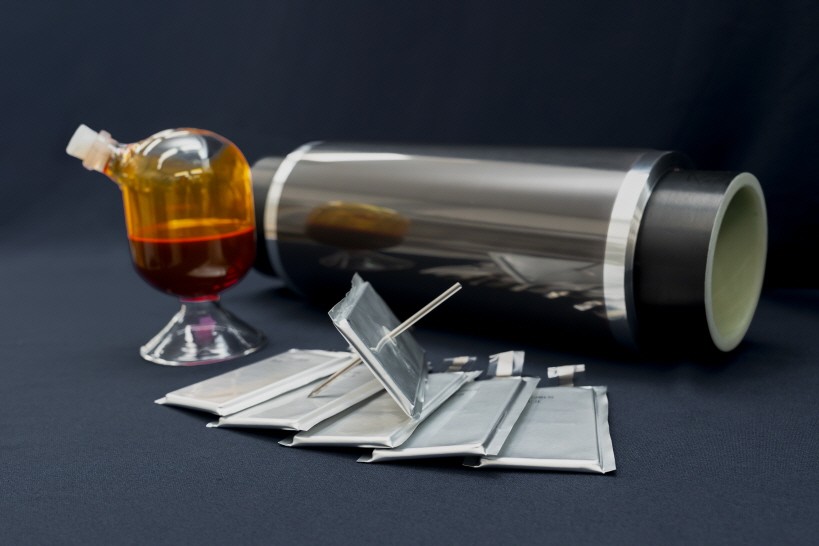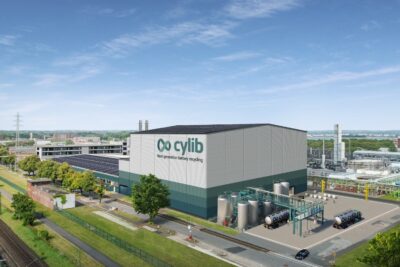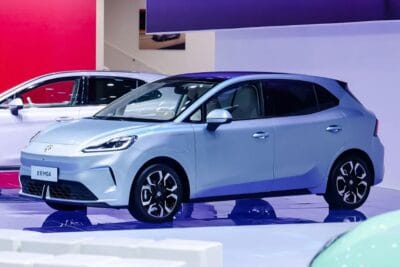LG Chem experiments with “fuse” in battery cells
A research team from LG Chem has developed the composite material with the intention that it reacts precisely to certain temperatures and thus becomes a kind of fuse within the cell in the event of overheating, blocking the reaction path in the early phases of thermal runaway. The material is said to be ultra-thin, “about 1/100th the thickness of a human hair.”
In addition to LG Chem’s own scientists, participants in the research included a team from the Department of Battery Science at Pohang University of Science and Technology (POSTECH). The company’s subsidiary LG Energy Solution is also included in the safety testing of the new technology. The research results on what is called the temperature-dependent ‘Safety Reinforced Layer’ (SRL) were published in the latest issue of Nature Communications with the title ‘Thermal Runaway Prevention through Scalable Fabrication of Safety Reinforced Layer in Practical Li-Ion Batteries’.
As LG Chem explains, the material developed in-house is a composite material that changes its electrical resistance depending on temperature and can act as a ‘fuse.’ The research team created this material as a thin layer placed between the cathode layer and the current collector (an aluminium foil that serves as an electron path) in the battery.
“When the battery’s temperature rises beyond the normal range, between 90°C and 130°C, the material reacts to the heat, altering its molecular structure and effectively suppressing the flow of current,” said the South Korean research team, who also noted that previous methods of introducing temperature-dependent materials into the battery cell often had problems with slow response times or lower energy density. “LG Chem, however, has successfully developed a material that resolves such issues, backed by their expertise and patented material design, allowing for rapid application in mass production processes.” The next step is to intensify safety testing for electric car batteries.
“This is a tangible research achievement that can be applied to mass production in a short period of time,” emphasised Lee Jong-gu, CTO of LG Chem. “We will enhance safety technology to ensure customers can use electric vehicles with confidence and contribute to strengthening our competitiveness in the battery market.”





0 Comments